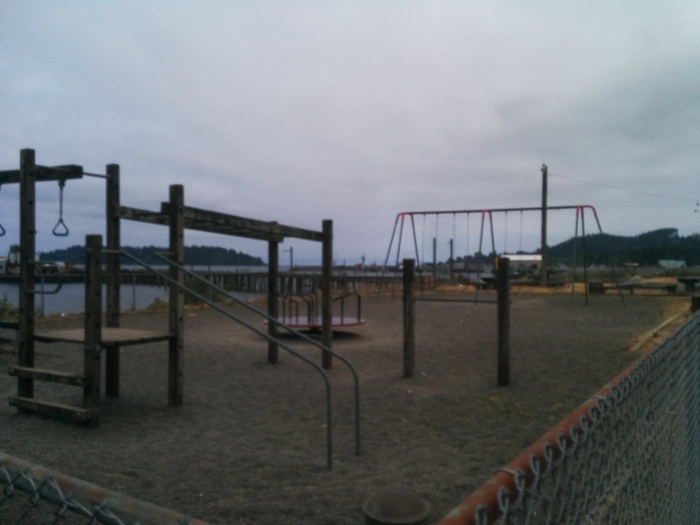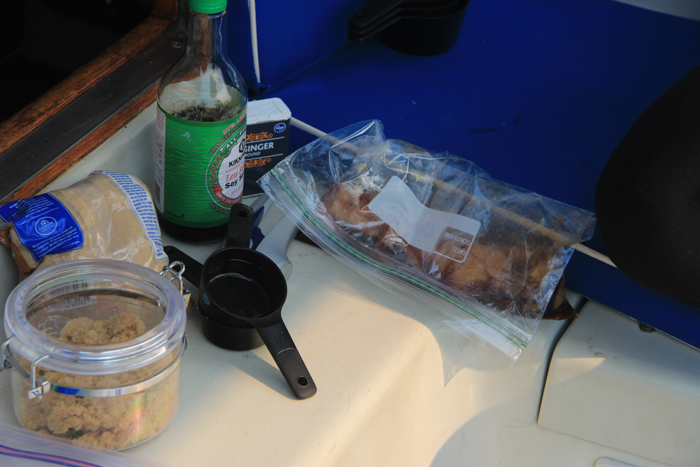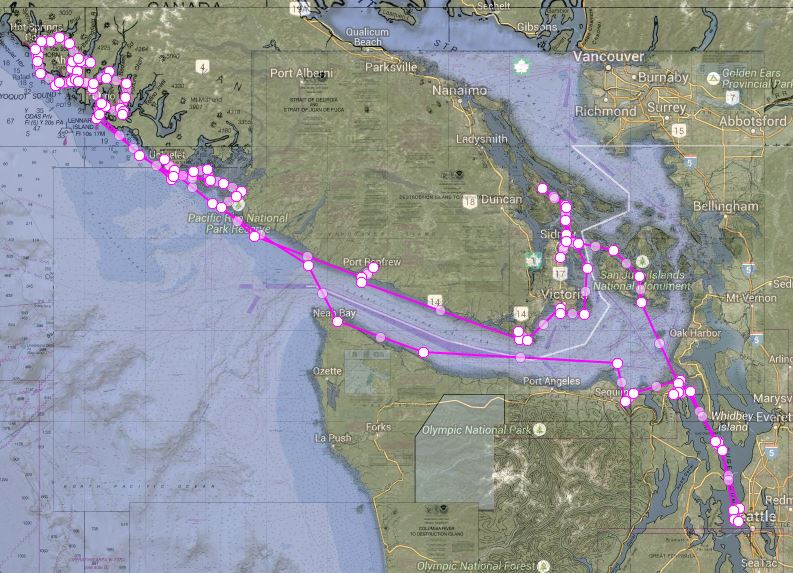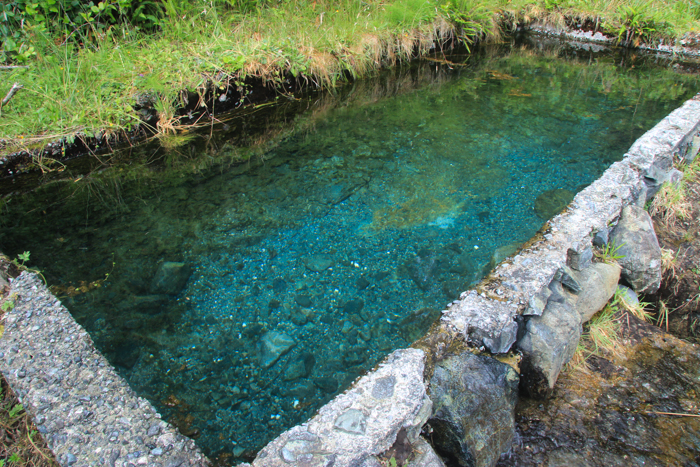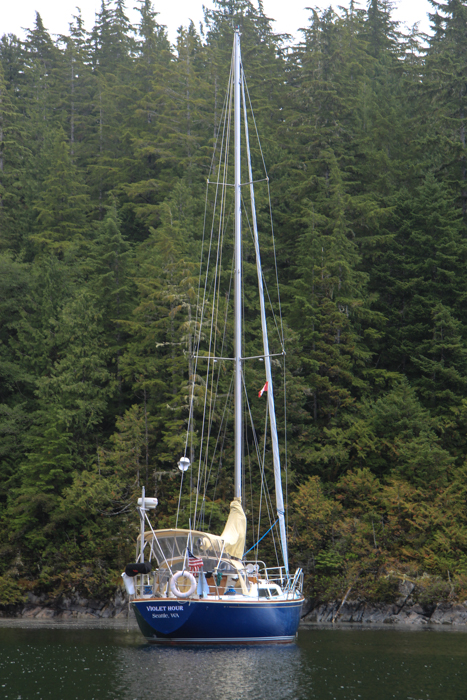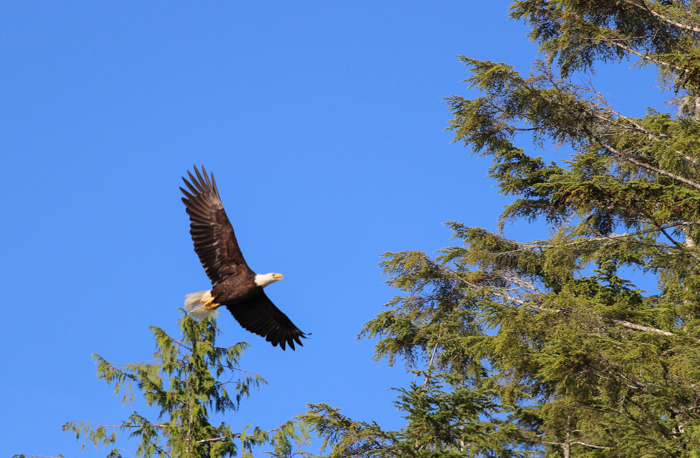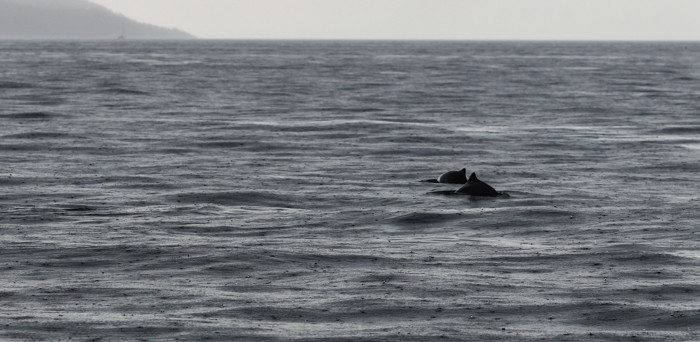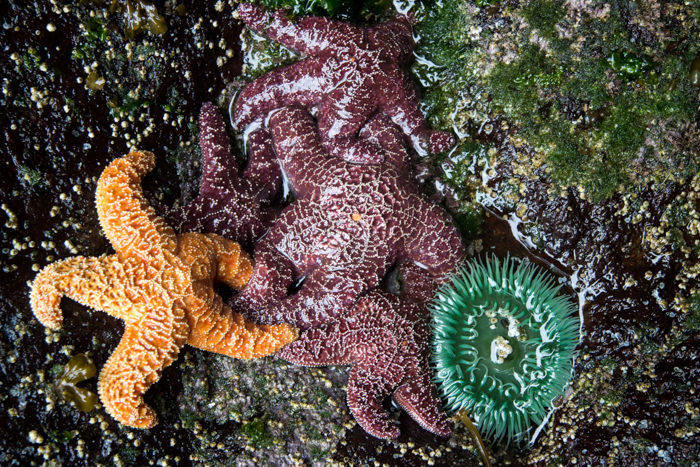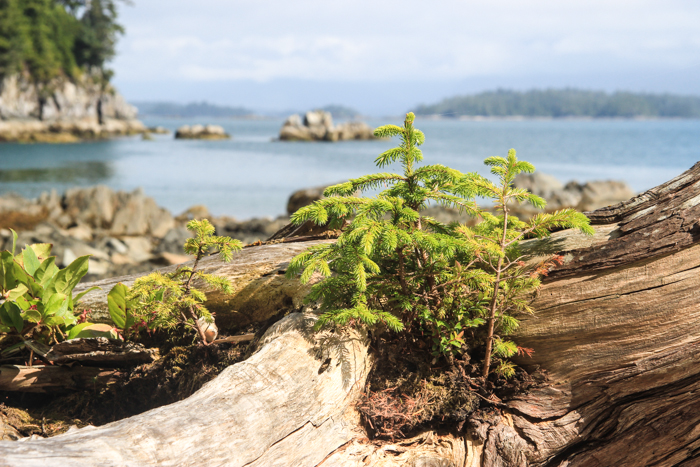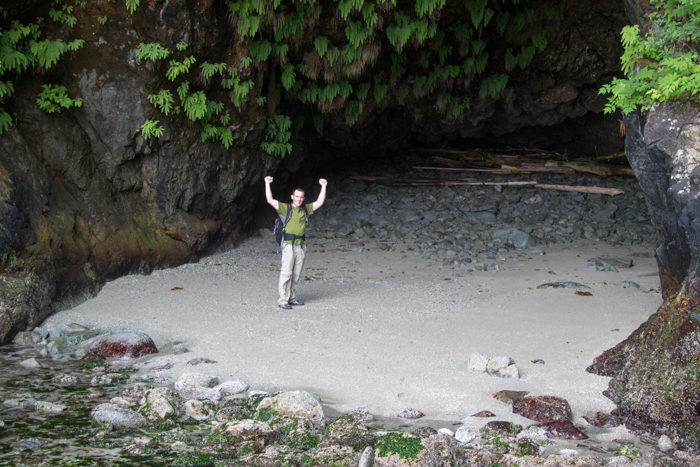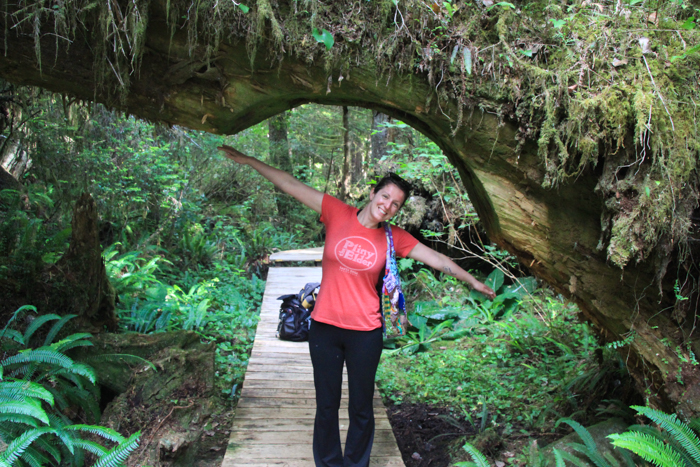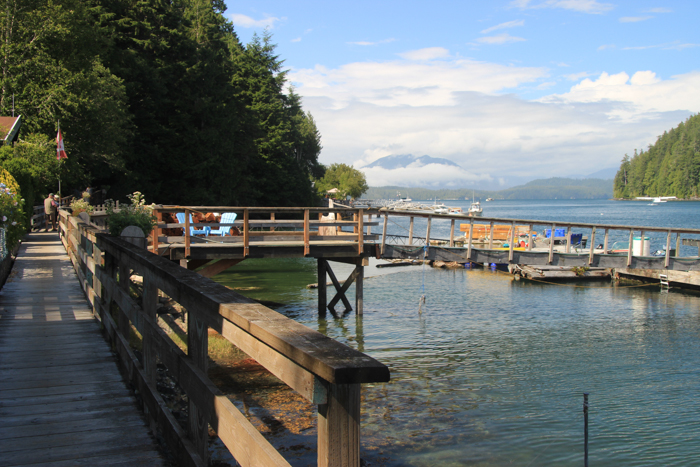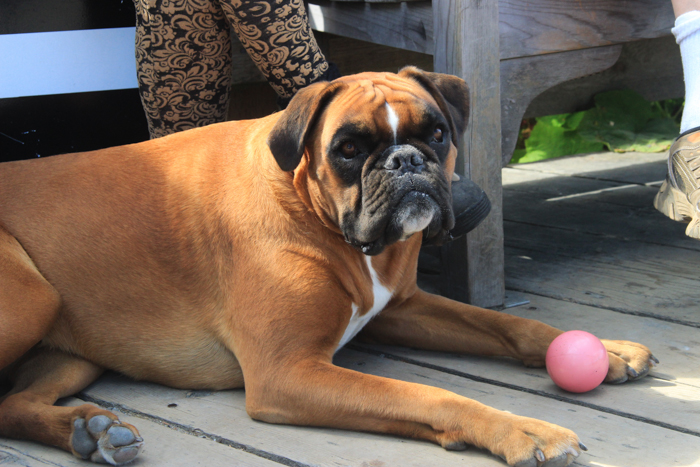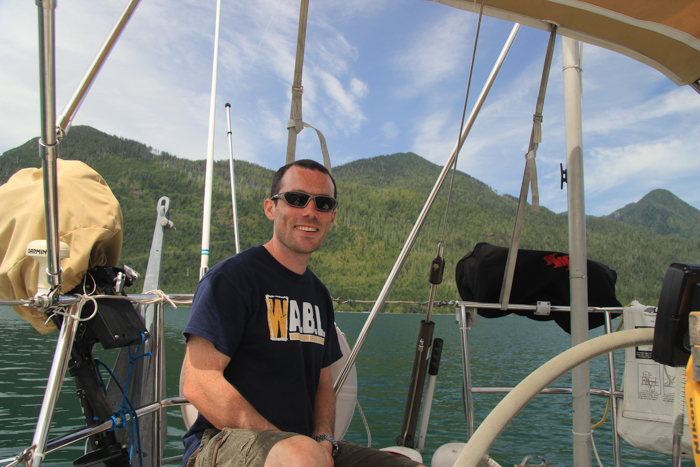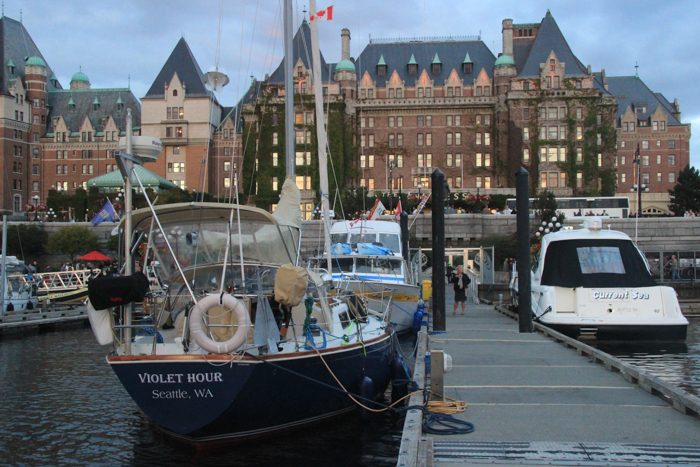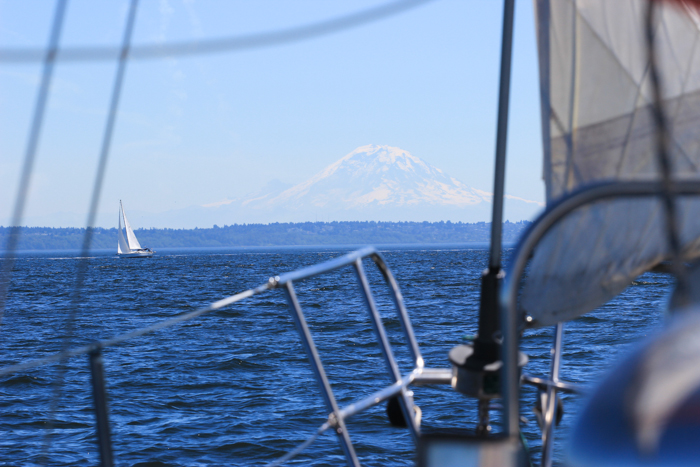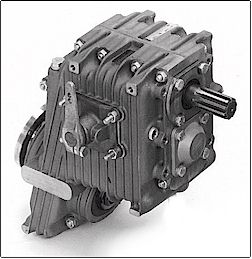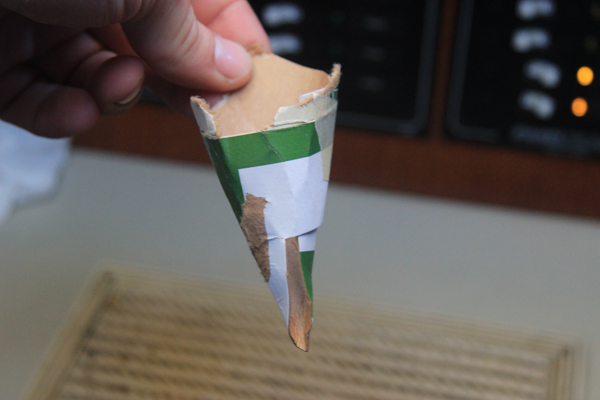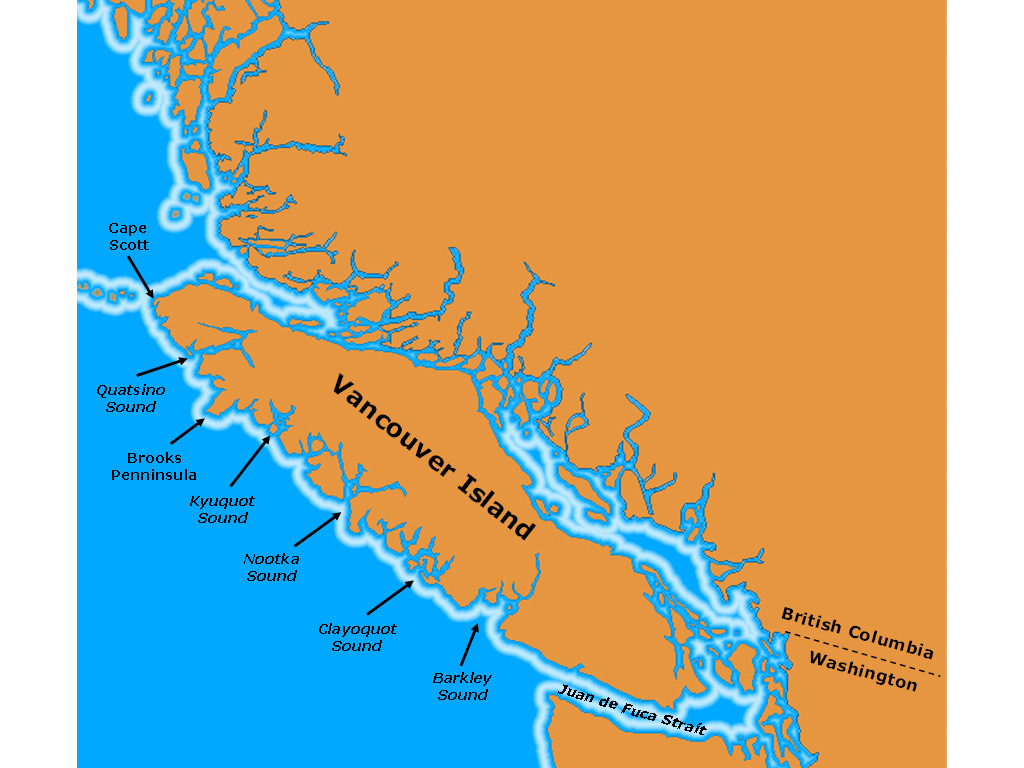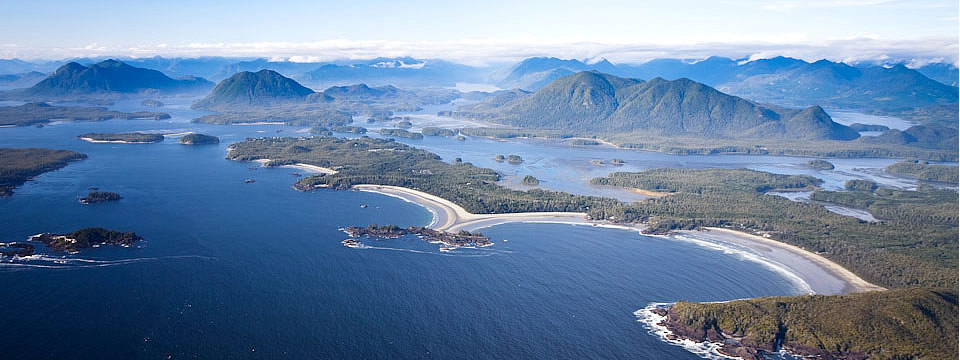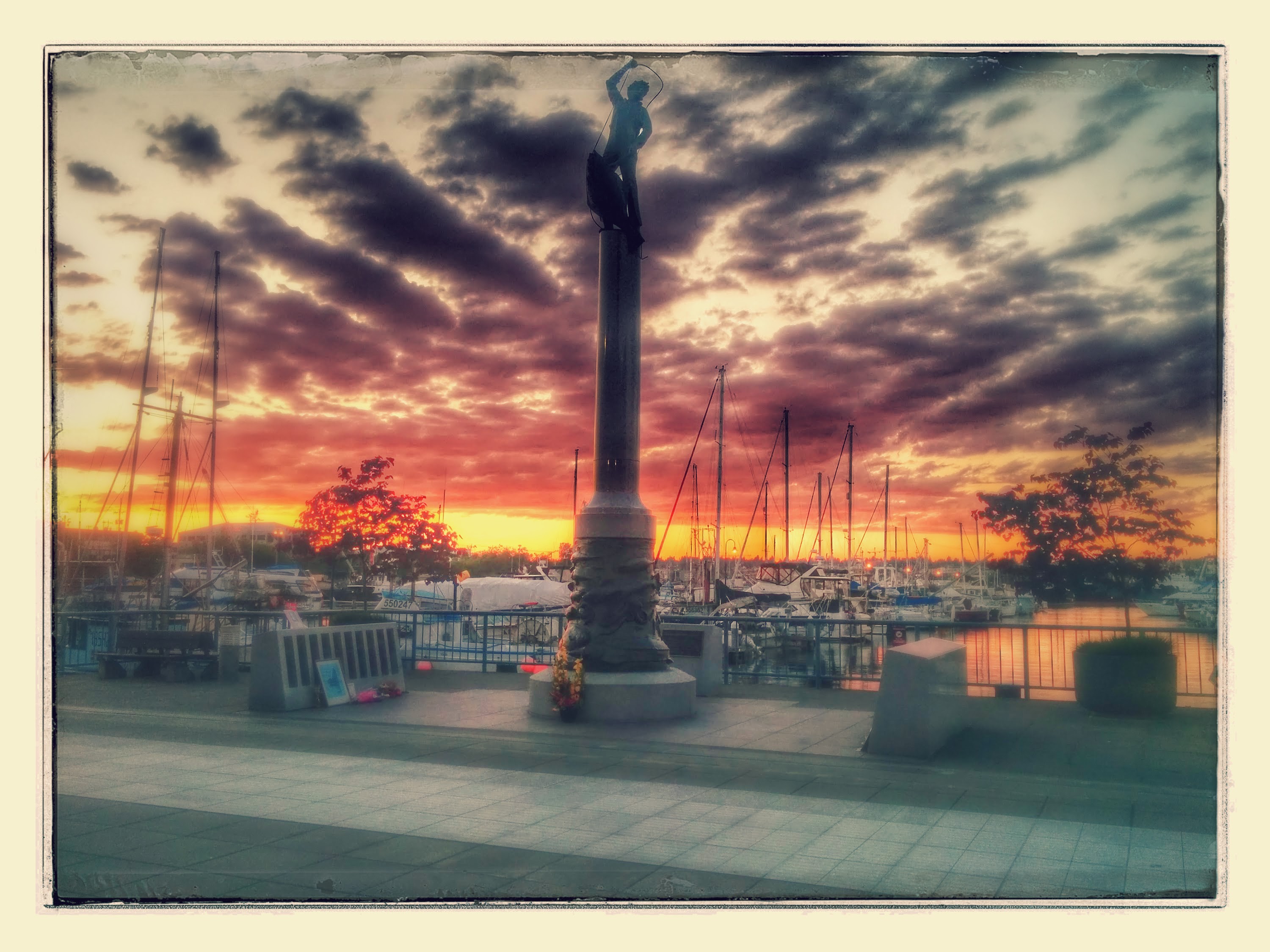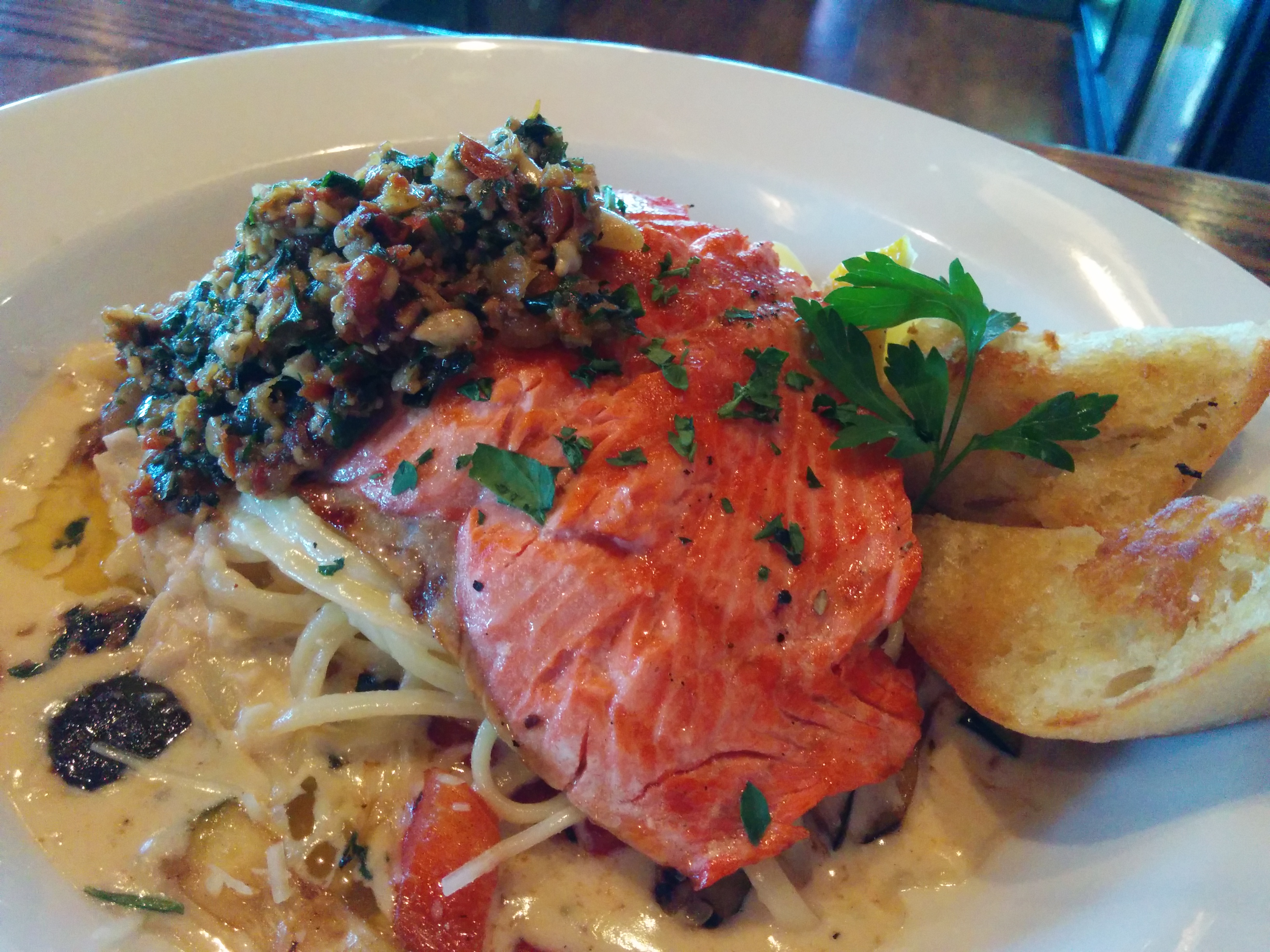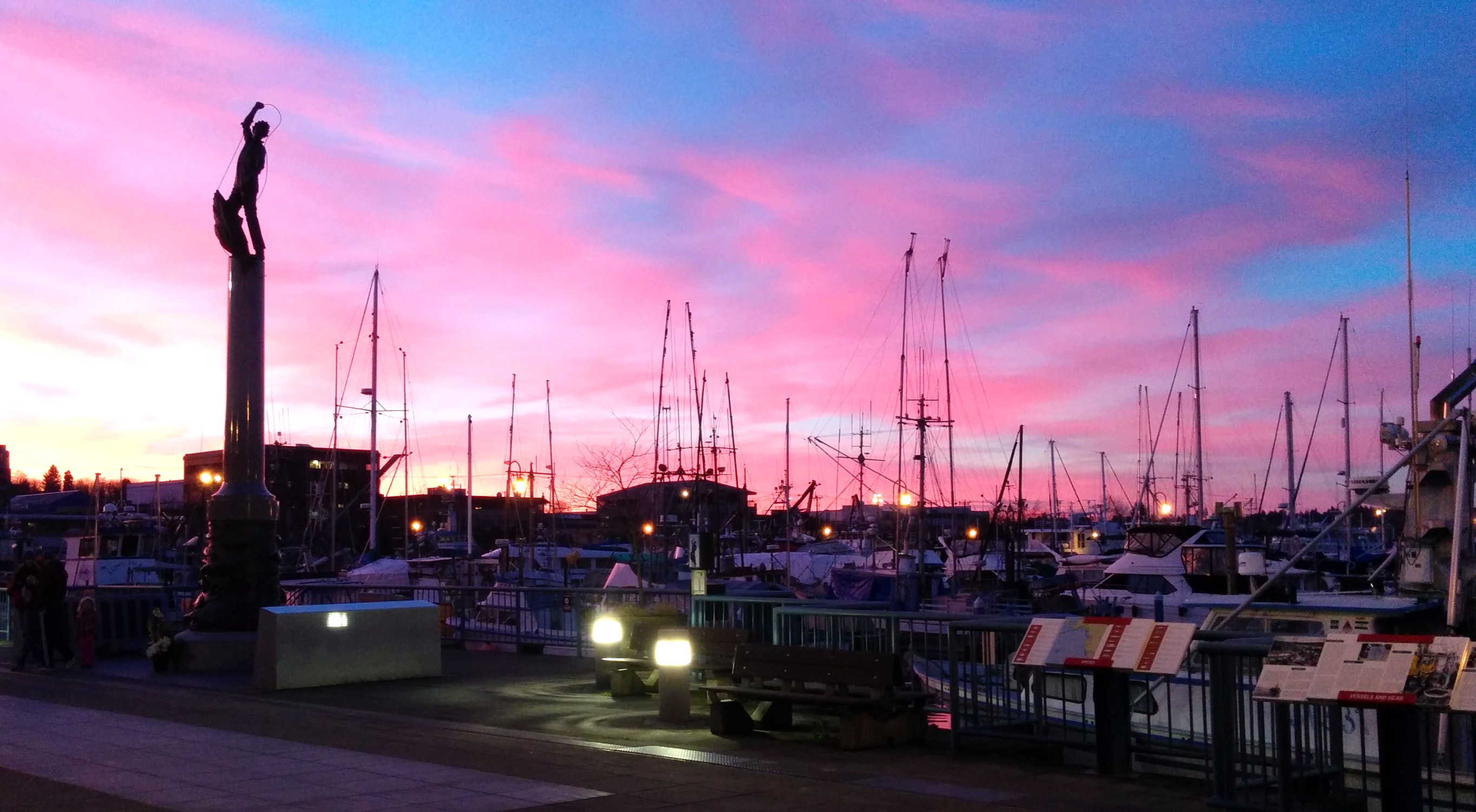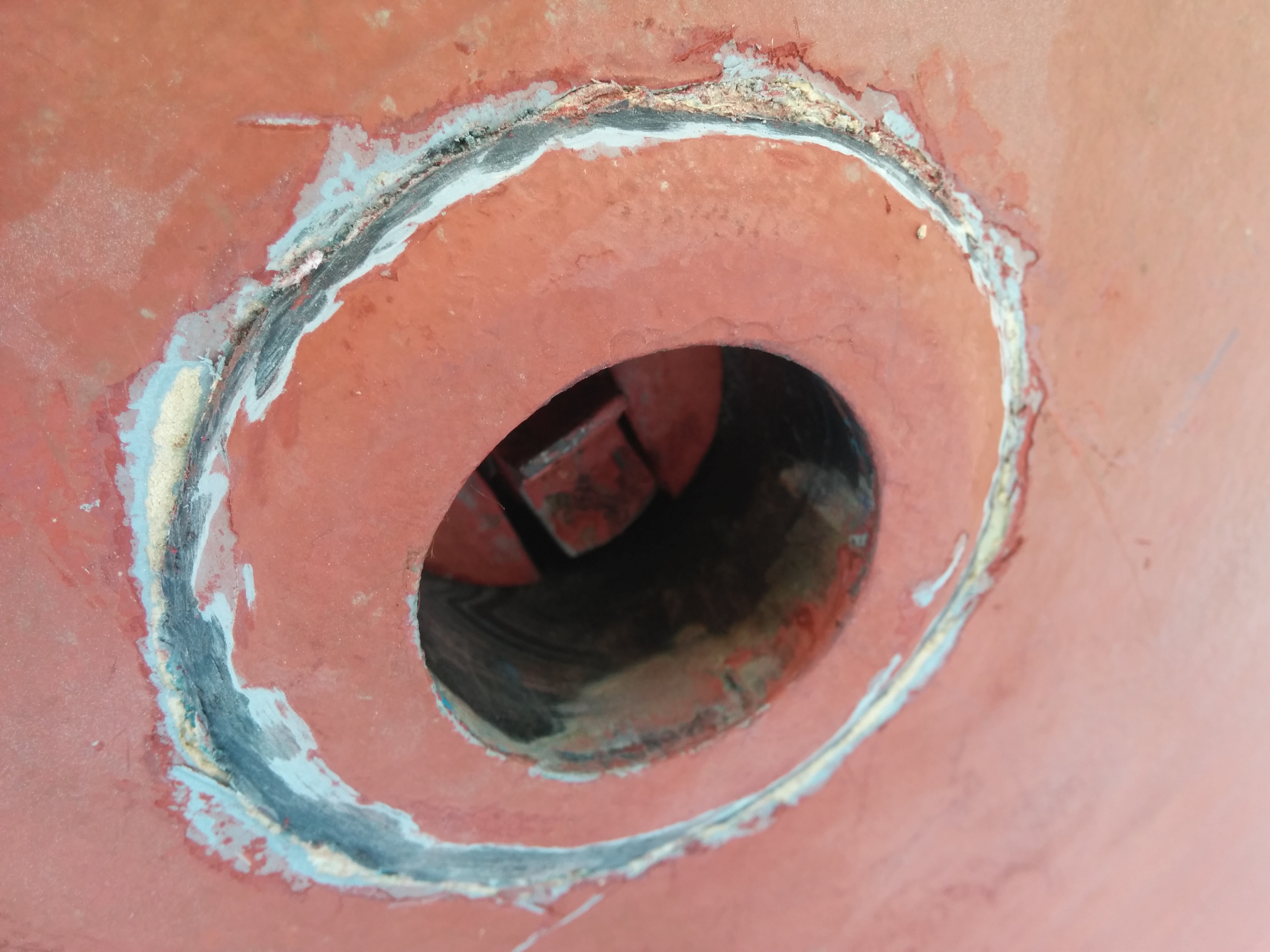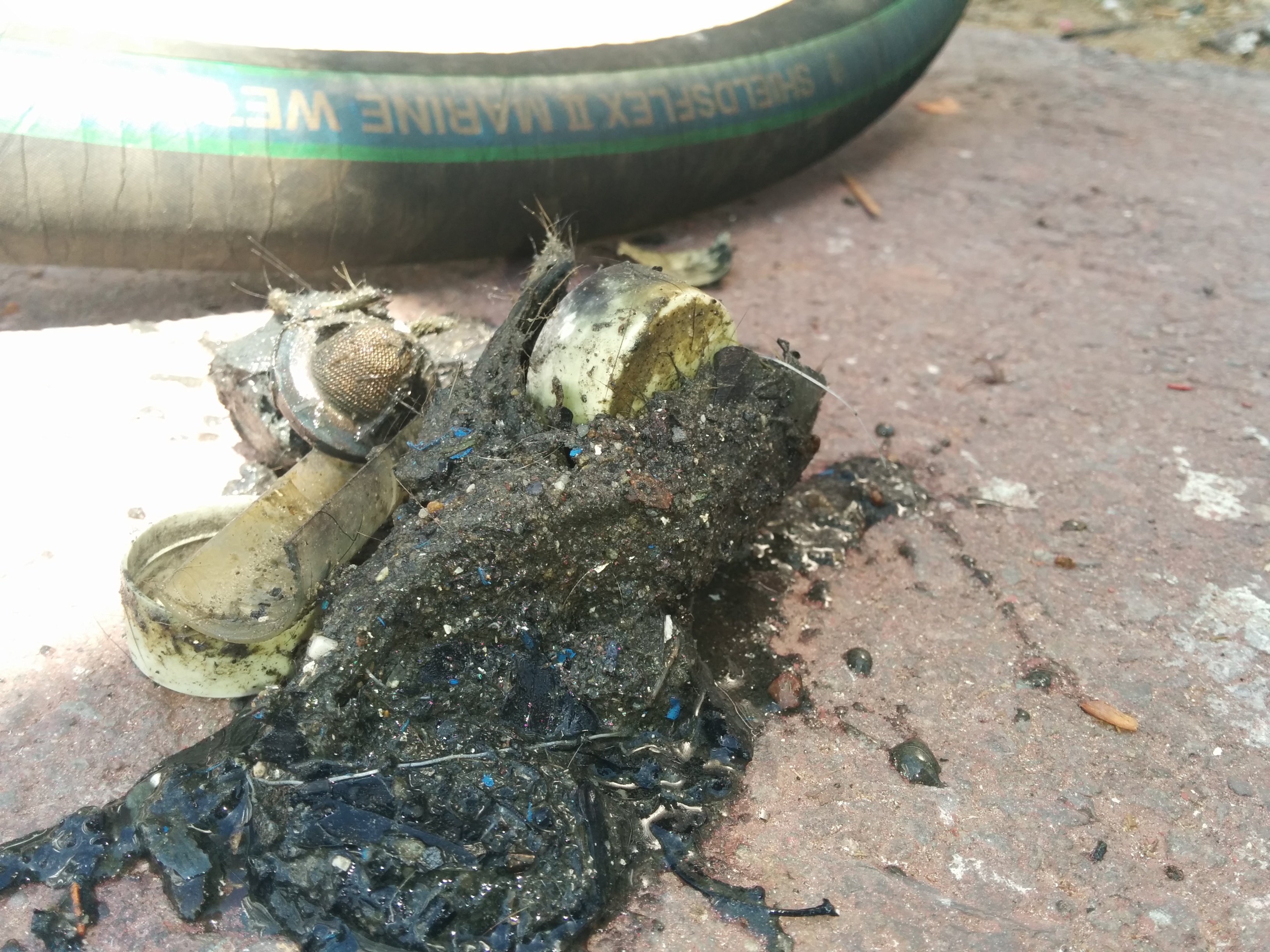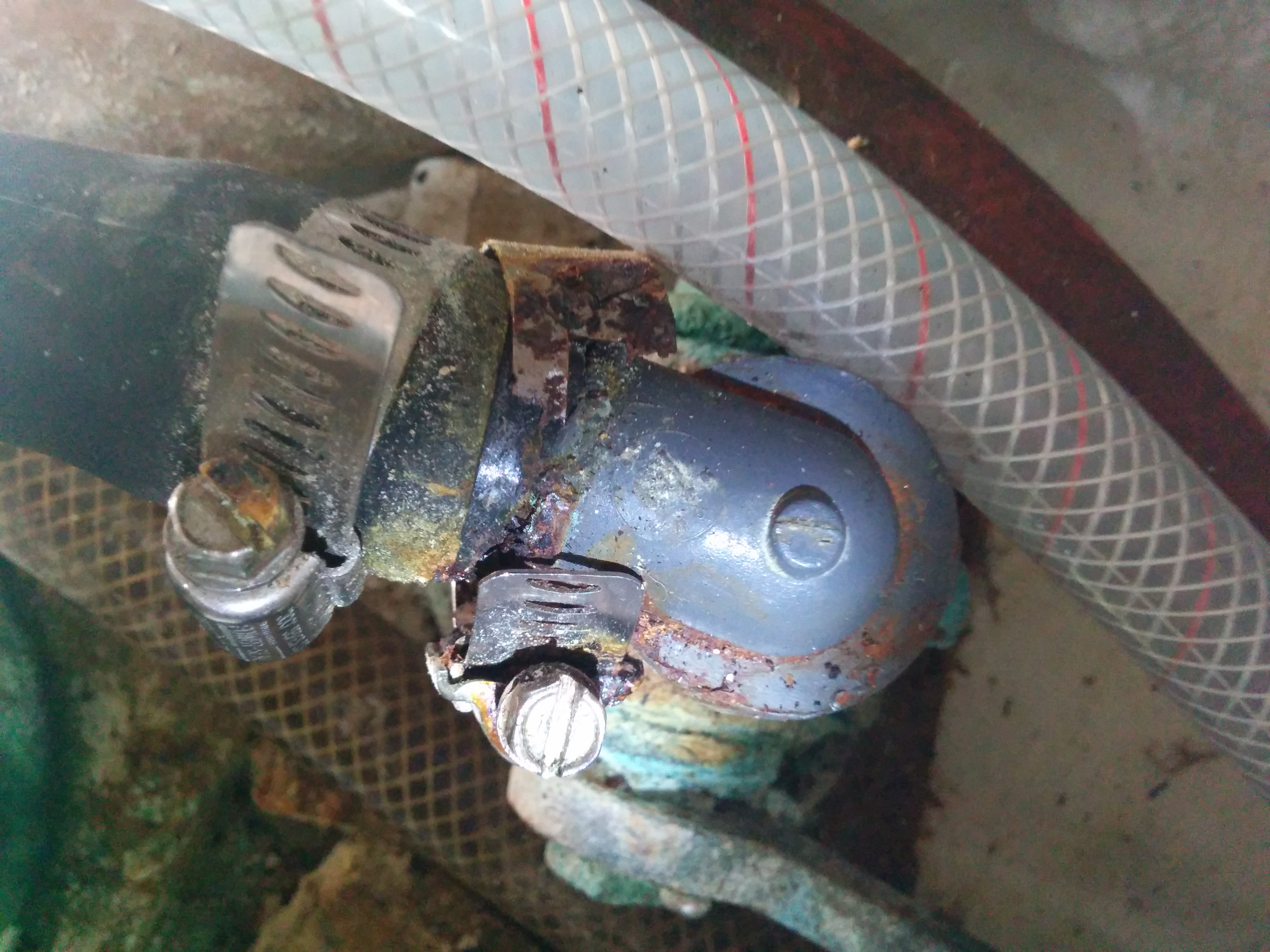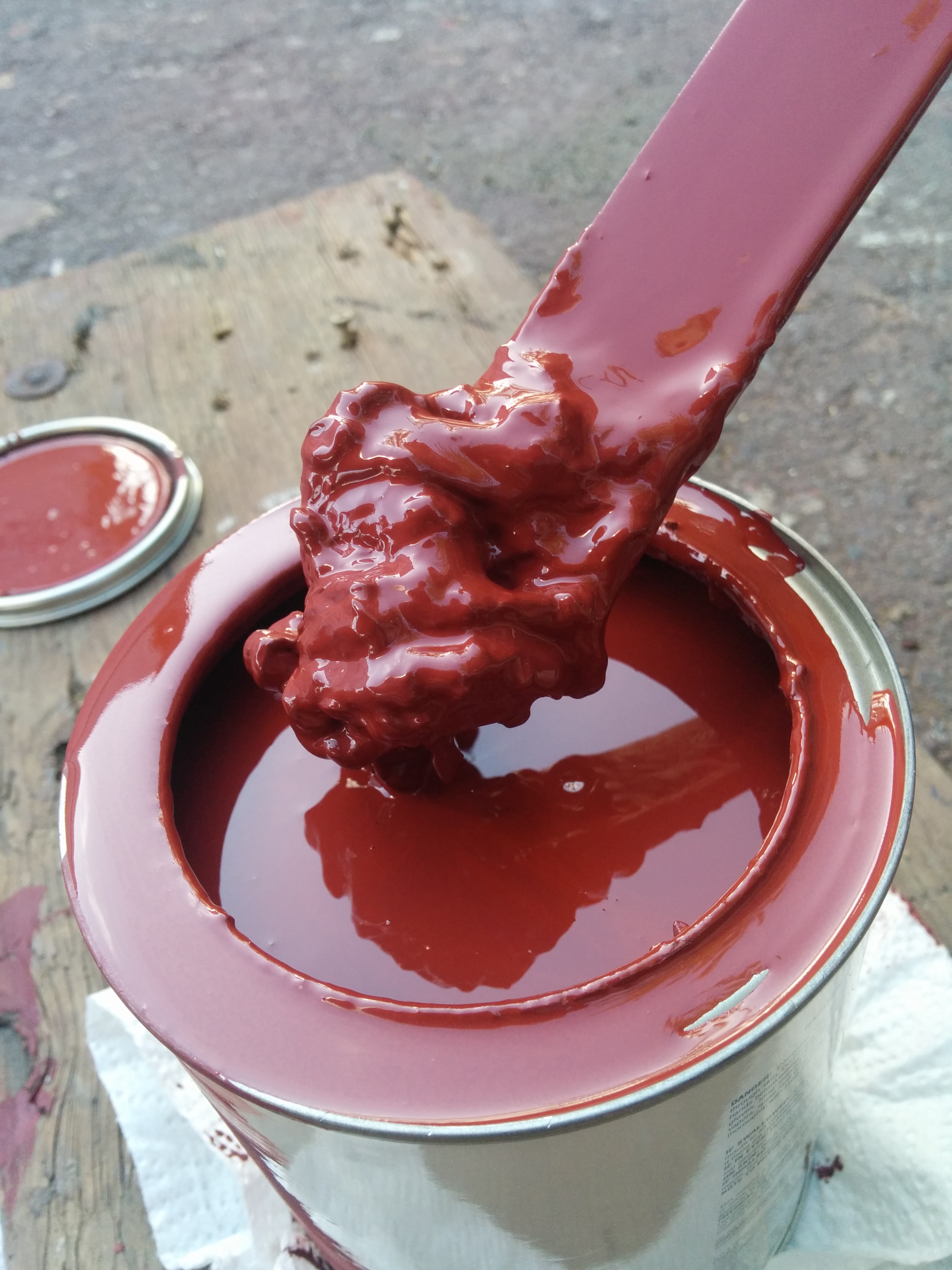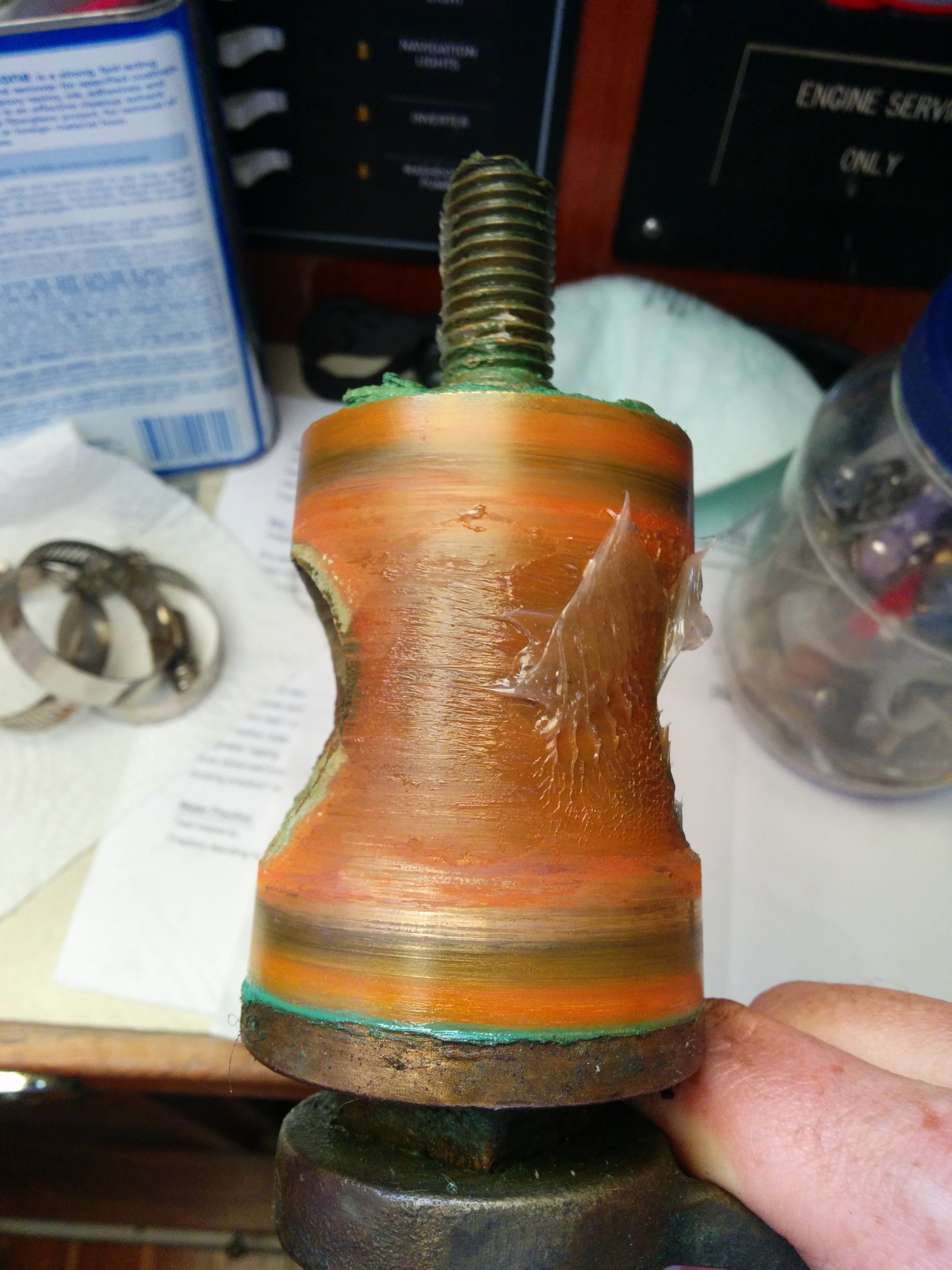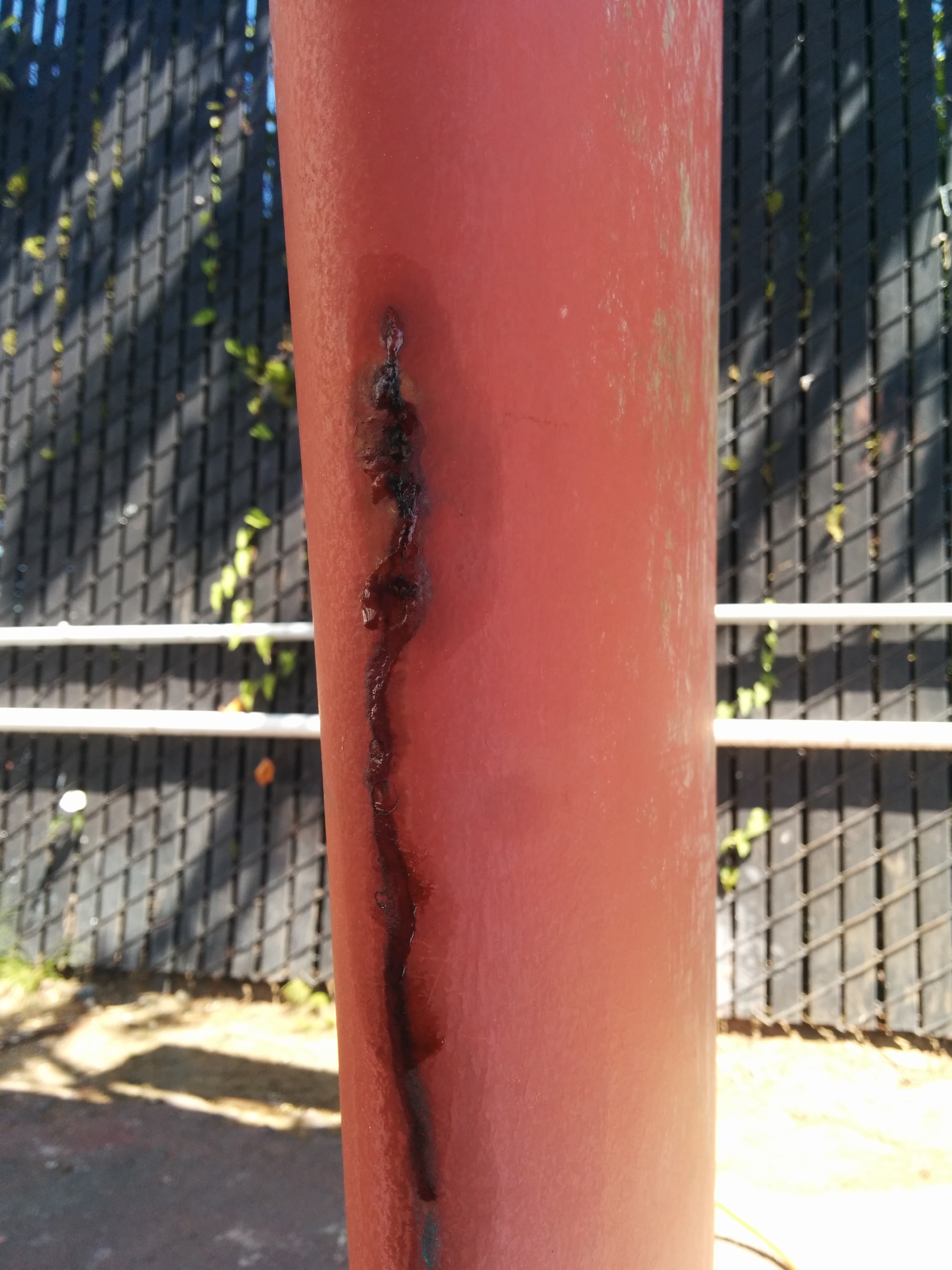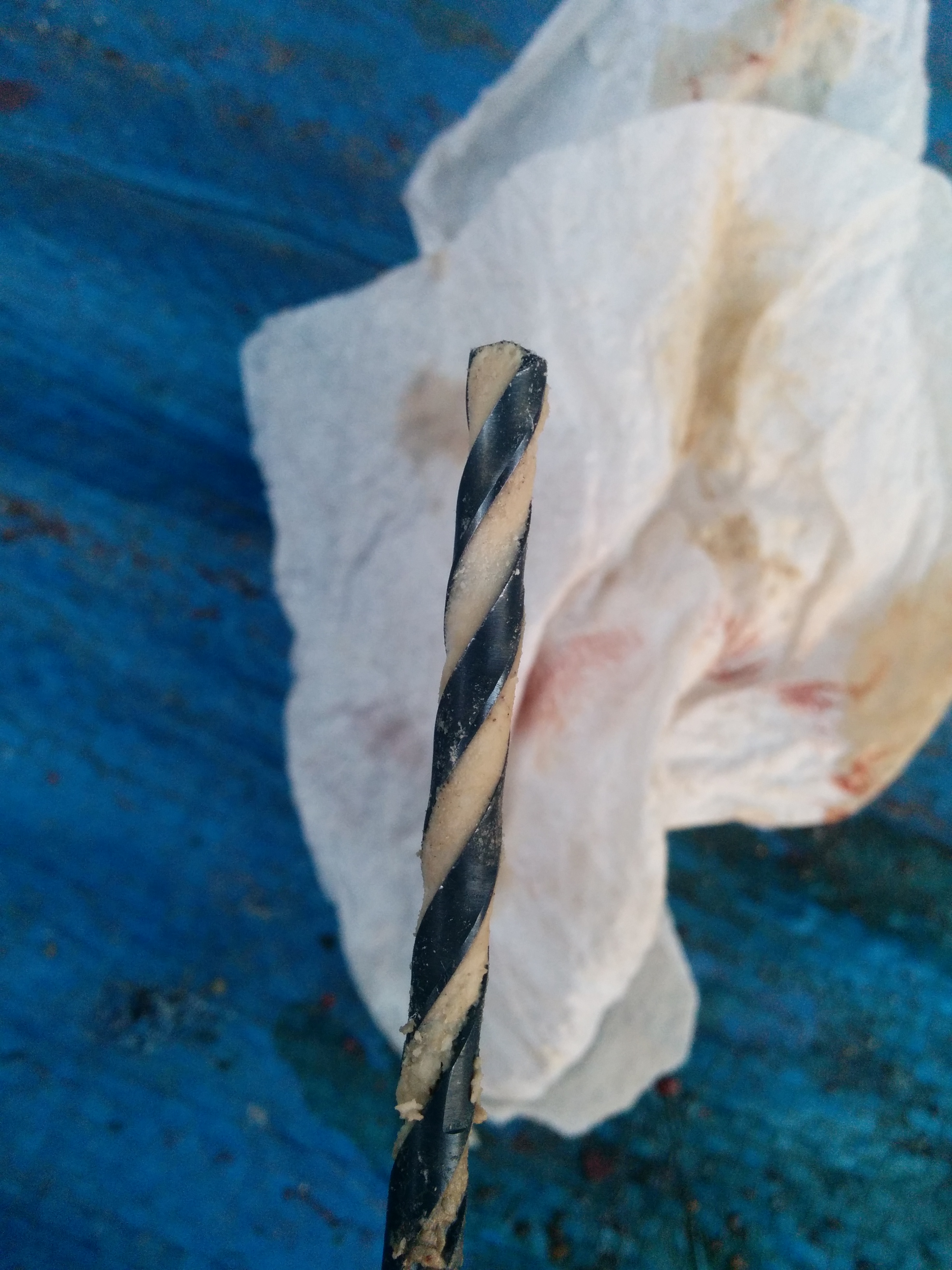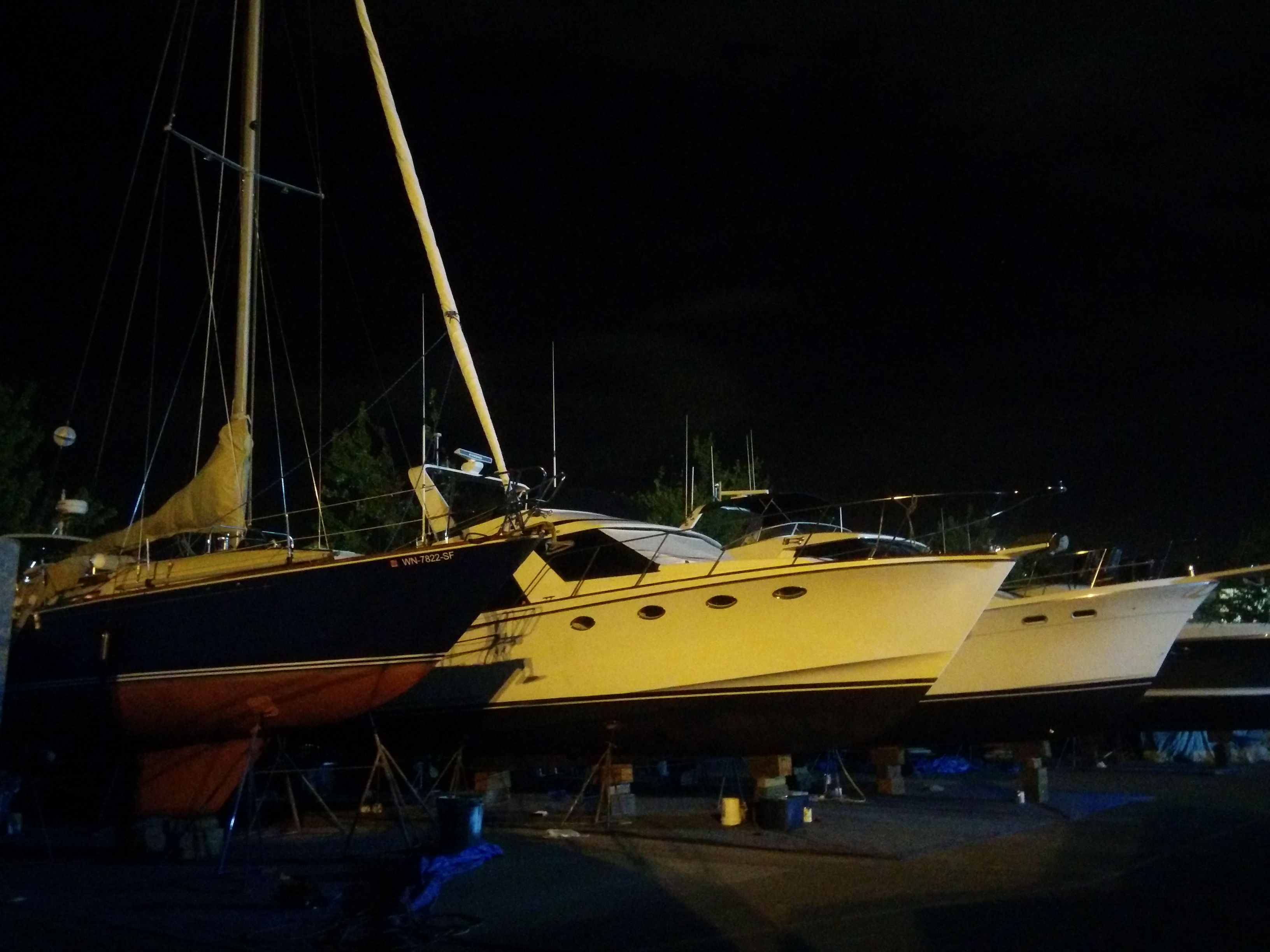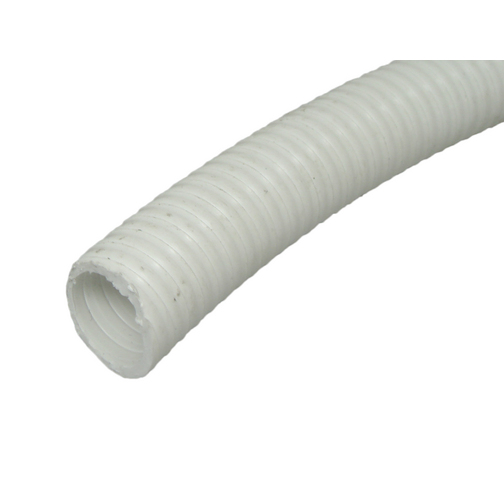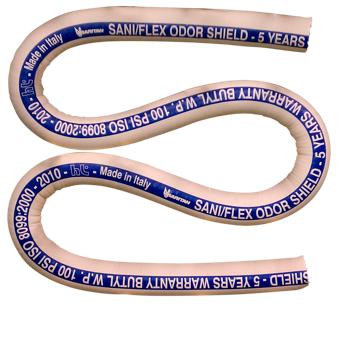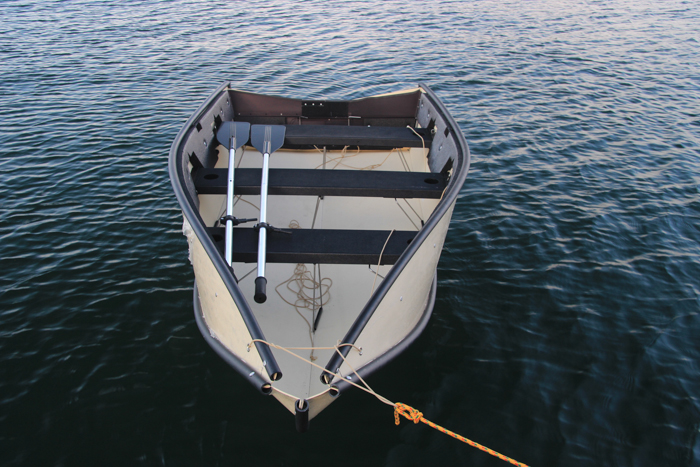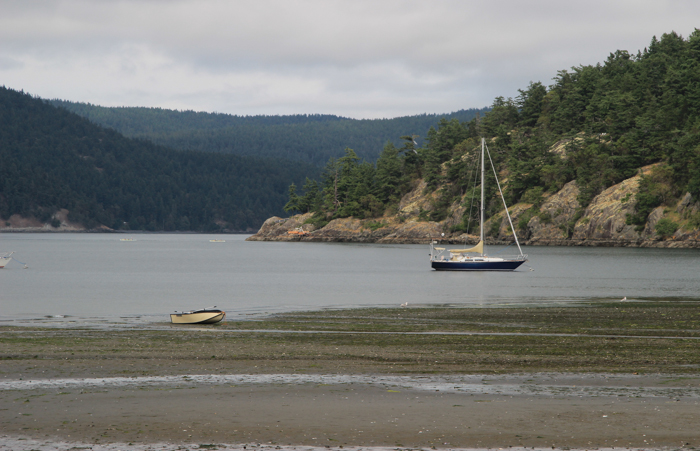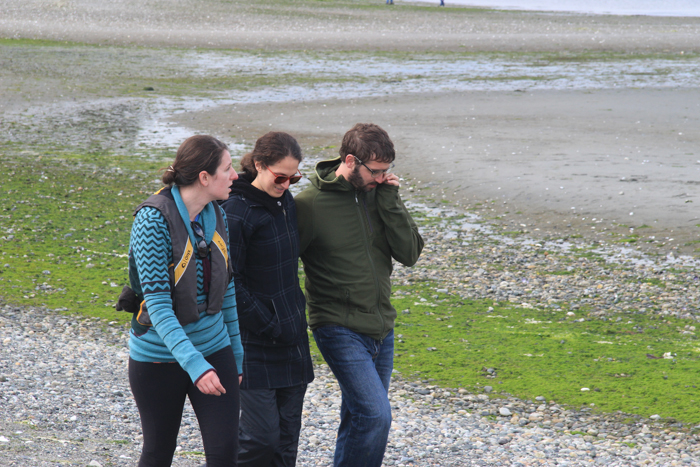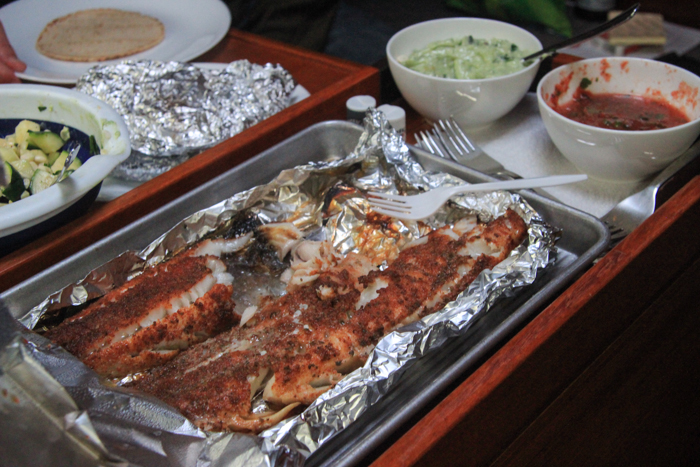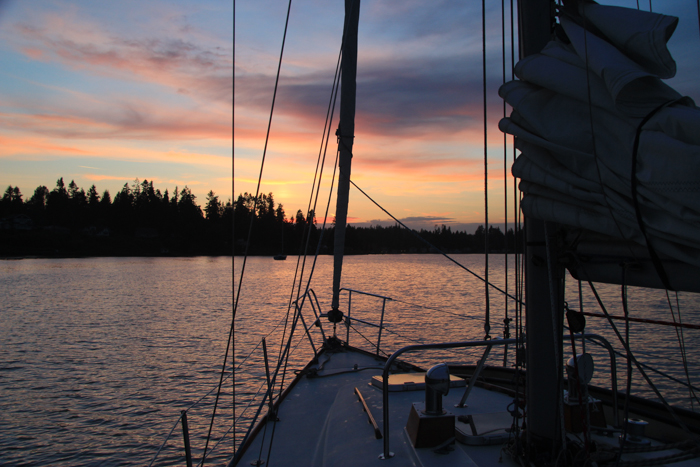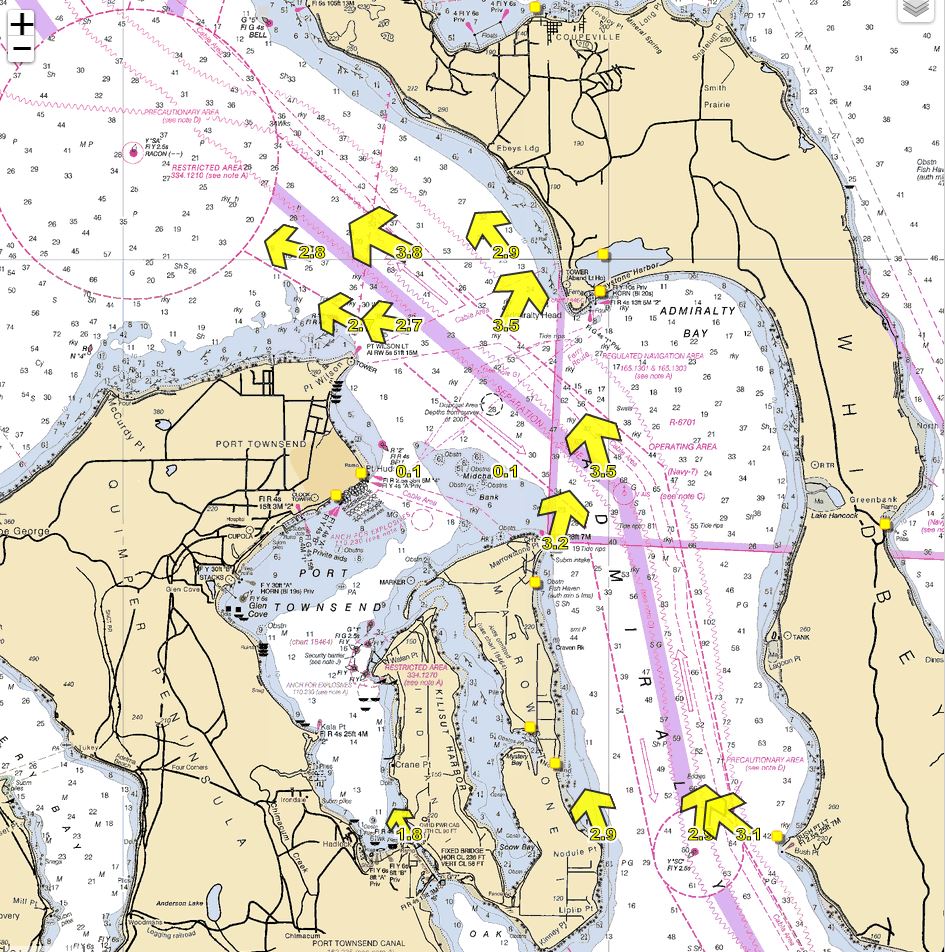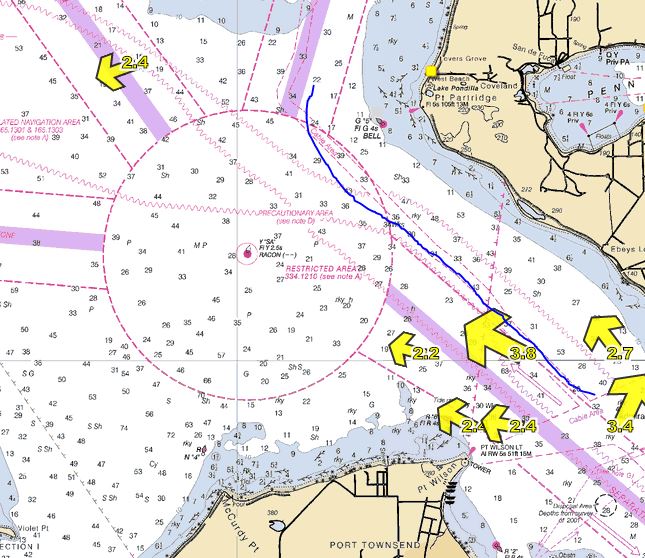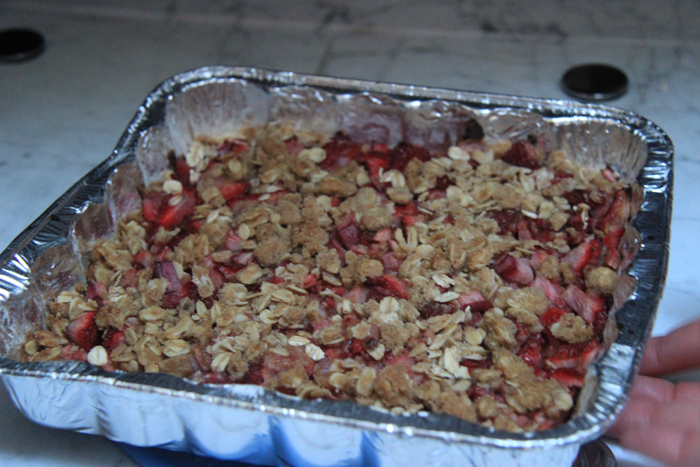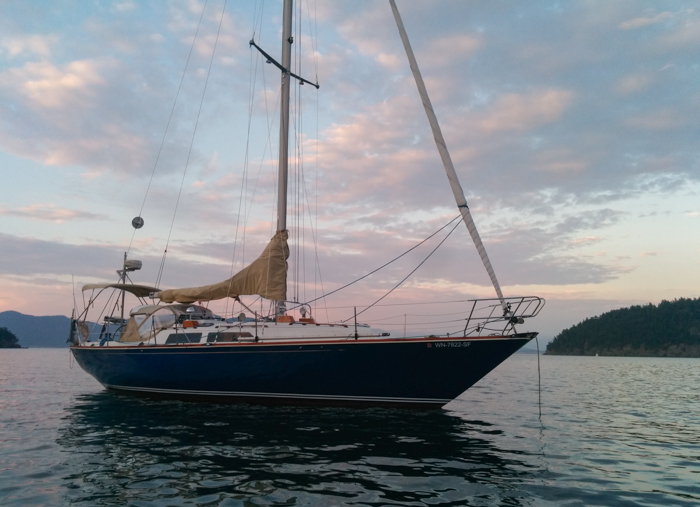We were ghosting into the entrance to Matilda Inlet, before the point blocked the remainder of a 5 knot breeze. Fingers of wispy clouds intertwined with the dense evergreen shore. As we lost all wind, a light rain started.
We motored about a mile south, past the tiny town of Ahousat, into the right (west) fork of the inlet. There were no other boats there. We dropped anchor in about 15 feet, the anchor setting easily – a welcome luxury after recent deeper anchorages (we don’t have a powered windlass and it’s a lot of work pulling up 100+ feet of chain later).
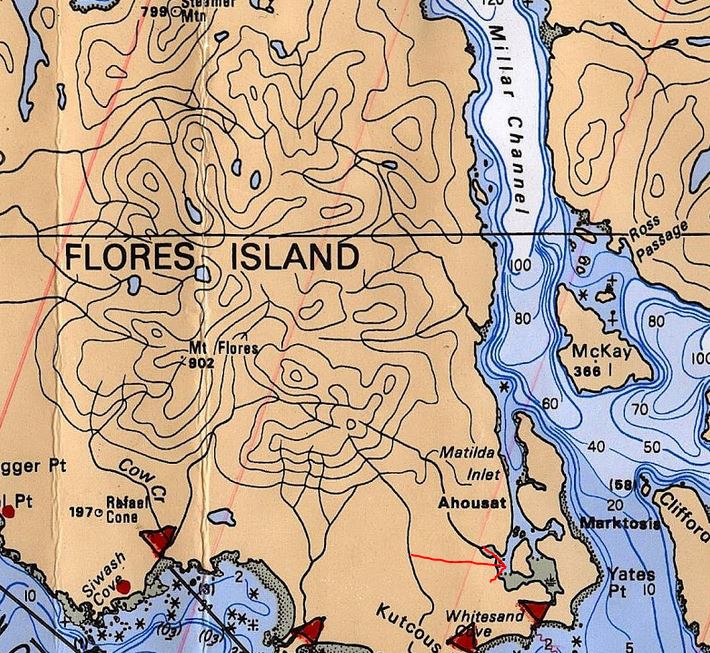
Matilda Inlet in the lower right – we anchored in the left fork where I drew a red arrow.
(Note chart not intended for navigation)
After turning off the engine, Natalie said “Do you hear that?”
“What?” I said. “I don’t hear anything.”
“Exactly,” she said. “It’s silent here.”
And it was. We had only the sounds of nature – a couple birds chirping, a slight breeze blowing through the trees.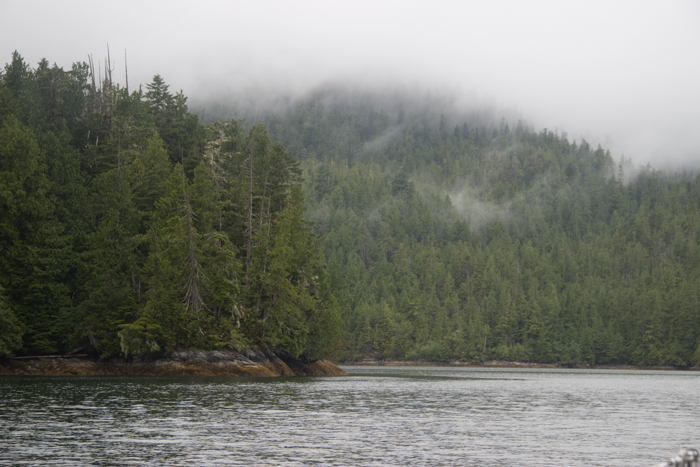
It seems a silly thing to find notable, but most anchorages we’re used to aren’t that silent – with 4 or 5 other boats present (or 15+ for the big ones), you hear voices, generators, loose lines slapping against rigging, etc.
Matilda Inlet had a magical feel to us. An anchorage so perfect it felt like we had discovered a secret paradise. It’s completely protected inside a mile long inlet, surrounded by lush evergreen forest, and a family of four eagles kept us company soaring majestically over our heads. A man-made bathing pool on the shore is a short dinghy ride away. A rainforest-like hiking trail leads to a beach where you can find a sea cave.
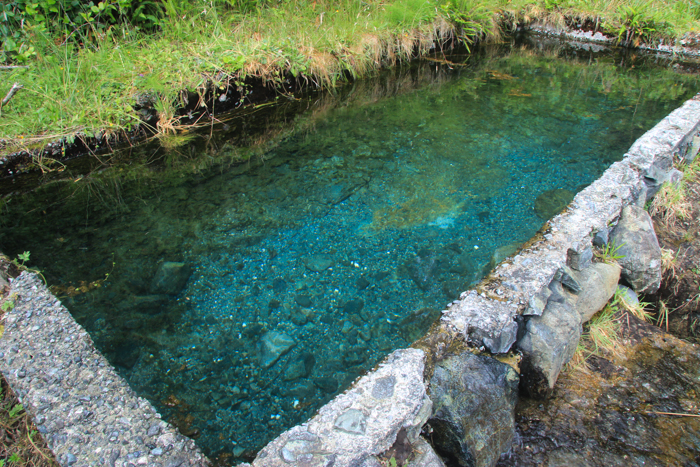
The man-made pool at Matilda Inlet
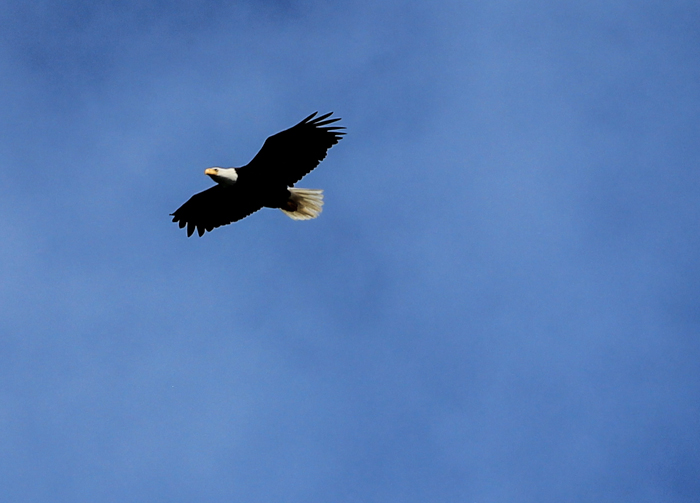
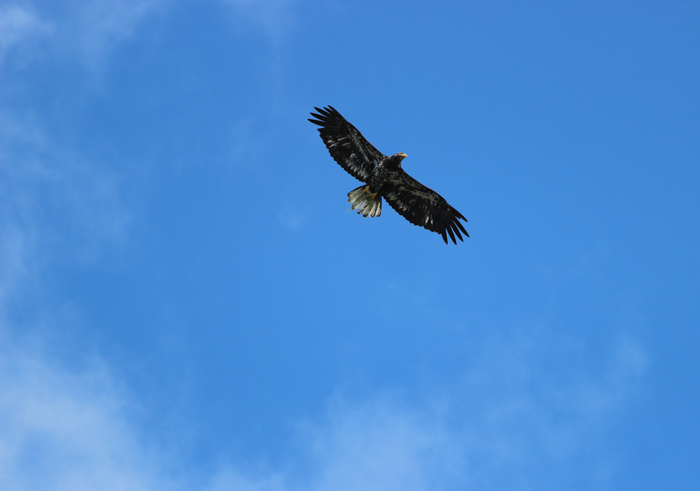
We liked it so much we stayed a second night. The first night we shared the anchorage with one other sailboat, and the second night had it all to ourselves.
Heelboom Bay
If we had to pick one reason it was worth going to Clayoquot Sound, it’d have to be the empty anchorages. Heelboom Bay was another one we had all to ourselves. Of 6 nights at anchor in Clayoquot, two nights we were alone and three nights we had only one other boat present. Only one anchorage had more than one boat besides ours (Hot Springs Cove).
There’s something really special about having an anchorage all to yourself. It’s a true feeling of seclusion, peace and quiet, and oneness with nature.
Heelboom Bay had the most spectacular sunset of the trip. As the evening progressed, the sunset just got better and better. At 9pm I was thinking “this is a pretty good sunset.” By 9:30 I was thinking “wow, this is the best sunset I’ve ever seen!”
The sunset was reflecting off clouds onto the water in almost a 180 degree arc, with our view out the bay open to the east – looking upon the mountain ranges of Vancouver Island.
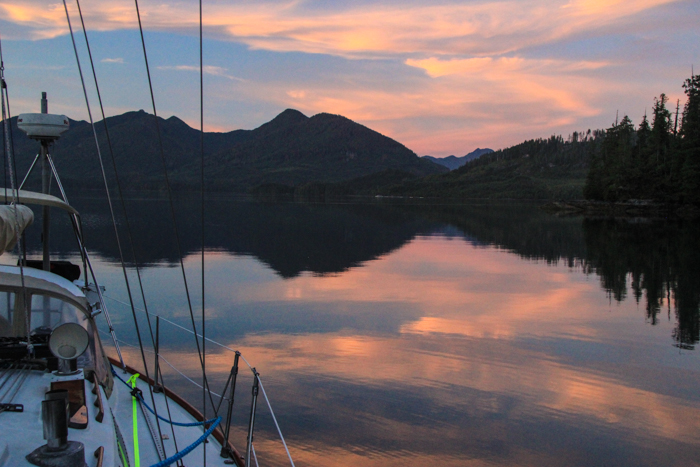
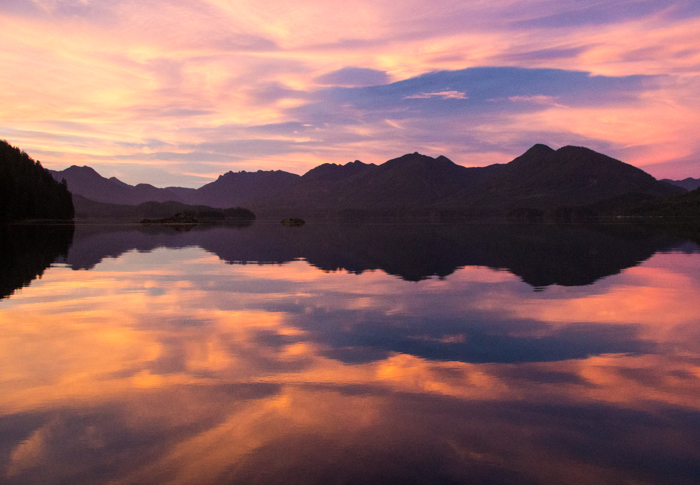
Check out my GoPro video on YouTube (turn on HD quality if you’re on decent Internet), which also includes footage from our sail to Bamfield the following week:


